
Recommendation
What’s behind the income disparities in the United States, which have become more pronounced in recent years? With growing globalization and the decline of US-based large-scale manufacturing, some groups have fallen behind, unleashing a wave of populism. Technology is also supplanting workers, who have less power due to the weakening of labor unions’ influence. Economists Kevin J. Lansing and Agnieszka Markiewicz analyze the real-life impacts of income inequity in this succinct report, which nonetheless packs much illuminating information. getAbstract recommends their work to policy makers, economists and anyone looking to understand the rise of popular sentiment around the world.
Summary
About the Authors
Kevin J. Lansing is with the Federal Reserve Bank of San Francisco. Agnieszka Markiewicz is an assistant professor at Erasmus University in Rotterdam.









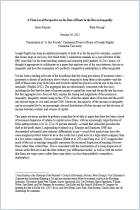
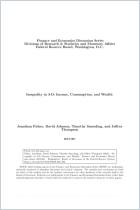
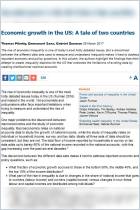
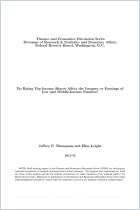

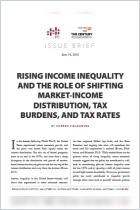



Comment on this summary or 开始讨论